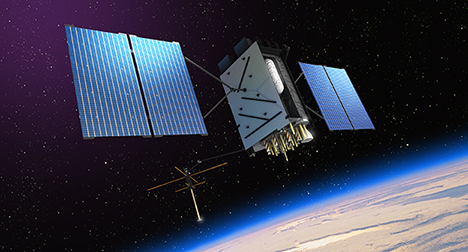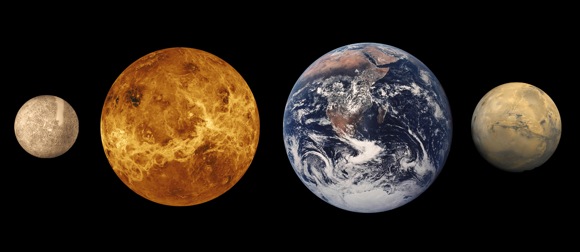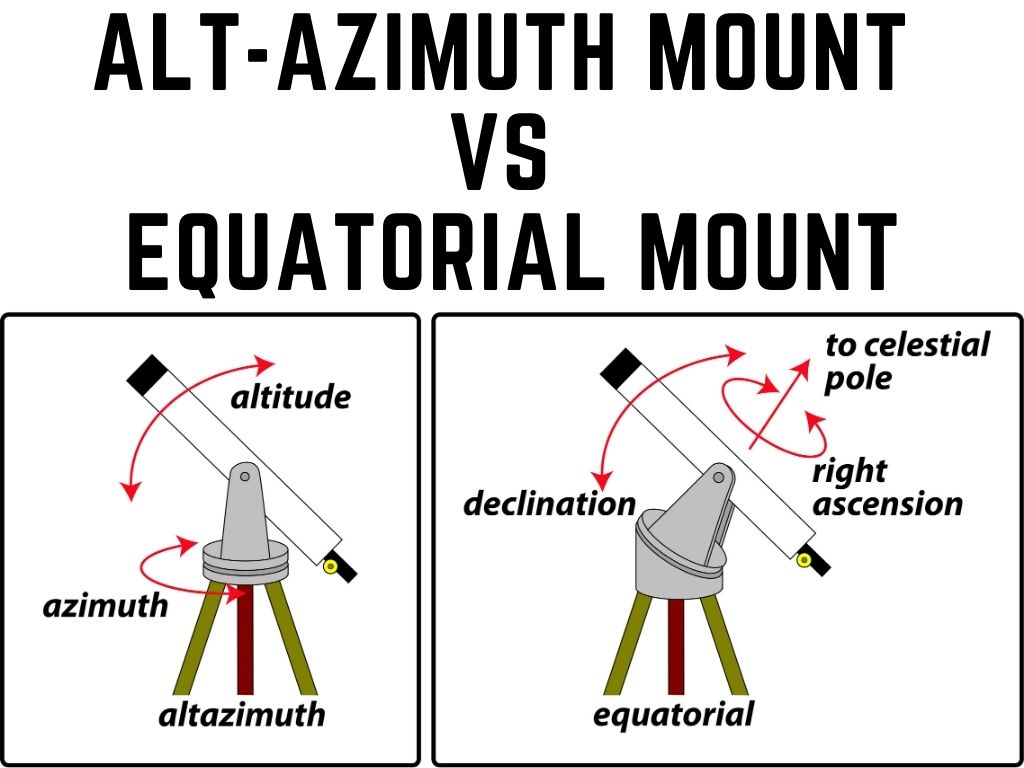Astronomy is the scientific study of the celestial objects and phenomena that originate outside the Earth's atmosphere. It includes the exploration of the universe beyond Earth, including the sun, moon, stars, planets, comets, and galaxies. Astronomy has a long history dating back to the ancient civilizations of Greece, China, and the Middle East, who used the stars for navigation and created elaborate myths and stories about the celestial objects they observed.
Today, astronomy is a highly technical field that uses a variety of tools and methods to study the universe. Astronomers use telescopes to observe the light emitted by celestial objects, spectroscopes to analyze the chemical composition of stars and planets, and satellites and probes to study objects in the solar system up close. They also use computer simulations to model the behavior of celestial bodies and the evolution of galaxies.
One of the most important discoveries in astronomy was the realization that the Earth orbits the sun, rather than the sun orbiting the Earth. This insight, known as the heliocentric model, was proposed by the Polish astronomer Nicolaus Copernicus in the 16th century and was later proven by the work of Johannes Kepler and Galileo Galilei. The heliocentric model revolutionized our understanding of the universe and marked the beginning of modern astronomy.
Another key discovery in astronomy was the realization that the universe is expanding. This idea was first proposed by the American astronomer Edwin Hubble in the early 20th century, based on his observations of distant galaxies. The expansion of the universe is now considered one of the pillars of modern cosmology and is supported by a wealth of observational evidence, including the cosmic microwave background radiation, which is thought to be the residual radiation from the Big Bang.
The study of astronomy has also led to many practical applications, such as the development of GPS technology, which relies on precise measurements of the positions and movements of celestial objects. Astronomy has also inspired many works of fiction, including science fiction novels and movies, which often portray futuristic societies and advanced technological civilizations.
Despite the many advances in astronomy, there are still many mysteries about the universe that remain unsolved. For example, scientists are still trying to understand the nature of dark matter and dark energy, which are thought to make up most of the mass of the universe, but have so far eluded detection. The search for extraterrestrial life is another area of active research in astronomy, with scientists looking for signs of life on other planets and moons in the solar system and beyond.
Overall, astronomy is a fascinating and dynamic field of study that continues to reveal new insights about the universe and our place in it. As technology advances and our understanding of the universe deepens, it is likely that we will make many more exciting discoveries in the field of astronomy in the coming years.









